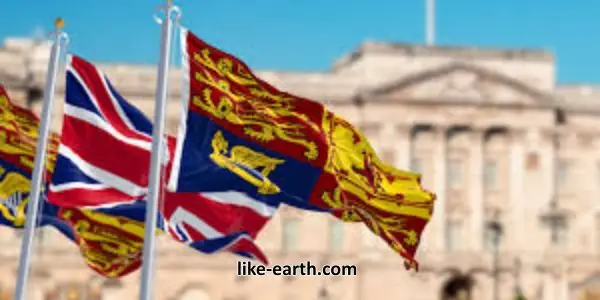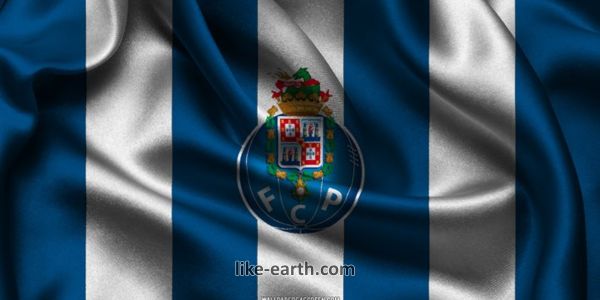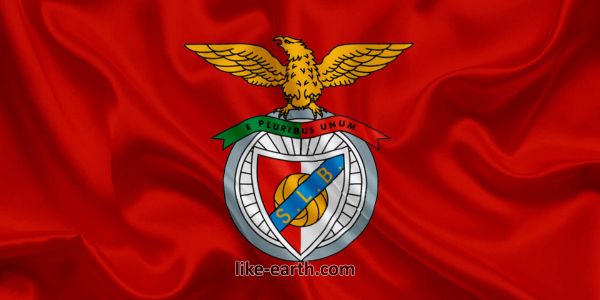Royal Flags and When They Are Flown

In this article, we explore the purpose and meaning of royal flags, how they differ from national flags, and when they are used in various contexts. From the Royal Standard to the Union Jack, each flag plays a distinct role in monarchy ceremonies and everyday life.
The Royal Standard of the United Kingdom
The Royal Standard is the flag that represents the Sovereign and the United Kingdom. It is flown when the monarch is present at a residence, vehicle, or event. The flag symbolizes the monarchy and is not flown when the monarch is absent.
The Royal Standard is divided into four quadrants: the first and fourth represent England with three golden lions; the second features a red lion for Scotland; and the third shows a harp for Ireland. Notably, Wales is not represented due to its historical incorporation into the Kingdom of England.
When Is the Royal Standard Flown?
- At Buckingham Palace when the monarch is in residence.
- On the monarch’s official vehicles, ships, or aircraft.
- During official events or state ceremonies where the monarch is present.
- At royal castles and estates like Windsor Castle or Balmoral when the monarch is there.
The Royal Standard is never flown at half-mast, even during mourning. This rule symbolizes the continuity of the monarchy—”The King is dead, long live the King!”
The Union Jack and Its Protocol
The Union Jack, the national flag of the United Kingdom, is often confused with royal flags. While the Royal Standard is used specifically for the monarch, the Union Jack represents the UK as a whole.
The Union Jack may be flown at government buildings, royal residences (when the monarch is not in), and during national holidays. Unlike the Royal Standard, the Union Jack can be flown at half-mast as a sign of mourning.
Flags of Other Royal Family Members
Senior members of the royal family also have their own standards. For example:
- The Prince of Wales has a flag incorporating the red dragon of Wales.
- The Duke of Edinburgh had his own standard combining various heraldic elements.
- The Princess Royal and other royals have unique banners reflecting titles and honors.
These flags are flown under similar conditions—typically when the royal is present at an event or location.
Royal Ceremonies and Flag Etiquette
Flag etiquette is taken seriously in royal ceremonies. Proper usage includes:
- Only flying the Royal Standard when the monarch is physically present.
- Not flying royal banners in combination with other national flags.
- Lowering other flags when the Royal Standard is raised.
Disrespect or misuse of royal flags can be seen as a breach of protocol or even offensive.
Royal Flags and Modern Public Engagement
In recent years, royal flags have gained renewed interest during events such as jubilees, royal weddings, and coronations. The display of these flags connects the public with centuries of heritage.
During Queen Elizabeth II’s Platinum Jubilee, for instance, the Royal Standard became a powerful symbol of national unity and celebration. Similar use is expected for the reign of King Charles III and future monarchs.
Education and Cultural Significance
Learning about royal flags and their proper use enhances one’s appreciation of the UK’s constitutional monarchy. It also offers insight into how tradition shapes modern governance and identity.
For those interested in history, symbolism, and the monarchy, royal flags serve as both literal and figurative banners of British heritage.
Conclusion
Understanding the royal flags and when they are flown opens a fascinating window into the heart of British royal protocol and cultural identity. These banners are not just cloth—they are traditions carried across generations.
To explore more about monarchy and global culture, visit Like Earth. For real-time updates and royal news, follow our official WhatsApp Channel.



